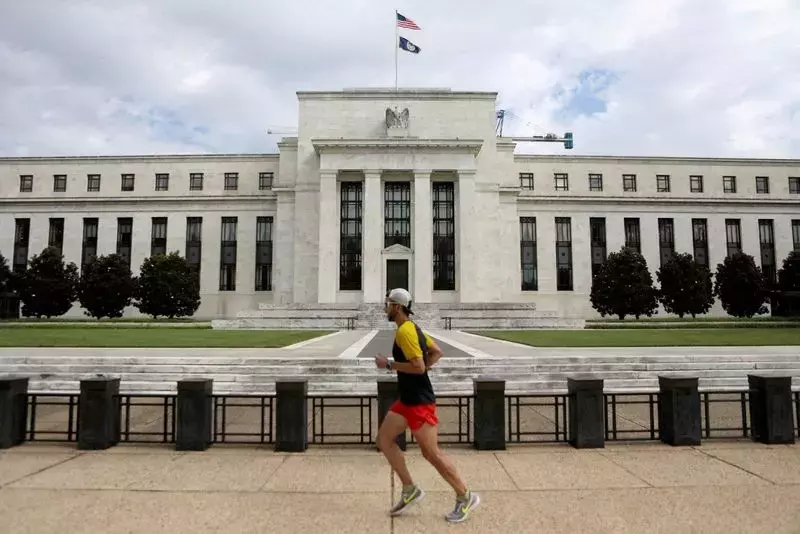Navigating the Shifting Tides: The Fed's Decisive Rate Cut and Its Rippling Effects
In a move that sent shockwaves through the financial markets, the Federal Reserve has taken decisive action, slashing interest rates by a substantial 50 basis points. This unexpected move, aimed at bolstering the health of the U.S. labor market, has set the stage for a series of further rate cuts, as evidenced by the futures market's pricing. As the dust settles, experts are closely analyzing the implications of this pivotal decision and its potential impact on the broader economic landscape.Charting the Course: The Fed's Decisive Move and Its Reverberating Effects
Dissecting the Fed's Surprise Rate Cut
The Federal Reserve's decision to cut interest rates by a larger-than-usual 50 basis points has caught many market participants off guard. This bold move, which deviates from the typical 25-basis-point adjustments, underscores the central bank's growing concerns about the state of the U.S. labor market. The decision to implement a more aggressive rate cut suggests that the Fed is proactively addressing the potential risks to economic growth, aiming to provide a cushion against any emerging headwinds.The implications of this rate cut are far-reaching, as it sets the stage for further monetary policy adjustments in the coming months. Futures on the federal funds rate, which measure the cost of unsecured overnight loans between banks, have priced in an additional 74 basis points of interest rate cuts by the end of this year. This indicates that the market expects the Fed to continue its accommodative stance, potentially implementing multiple rate reductions to support the economy.Decoding the Market's Reaction
The market's response to the Fed's decision has been closely monitored, as investors seek to understand the potential ripple effects. Futures on the federal funds rate had already priced in around 113 basis points of cuts before the Fed's policy announcement, suggesting that the market had anticipated a more aggressive approach from the central bank.However, the actual 50-basis-point cut has further fueled market expectations, with traders now pricing in a 64% probability of a 25-basis-point reduction at the Fed's upcoming November meeting. Additionally, there is a 36% chance of a more substantial 50-basis-point cut, underscoring the market's belief that the Fed will continue to prioritize economic stability and growth.Charting the Path Ahead: Expectations for Future Rate Adjustments
Looking beyond the immediate impact, the market's expectations for interest rates by the end of next year have remained relatively unchanged. Traders are anticipating an additional 190 basis points of cuts by the end of 2025, which is in line with the 240 basis points of cuts expected prior to the Fed's latest rate reduction.This suggests that the market believes the Fed's actions are part of a broader strategy to support the economy, rather than a one-off response. The projected benchmark rate of 2.9% by the end of 2025 is notably lower than the 3.4% rate envisioned by Fed officials in their updated projections, further underscoring the market's belief that the central bank will maintain its accommodative stance.Navigating the Shifting Landscape: Implications for Investors and Consumers
The Fed's decision to cut rates by 50 basis points will have far-reaching implications for both investors and consumers. For investors, the prospect of further rate cuts may provide opportunities in certain asset classes, such as fixed-income securities and equities that tend to benefit from a lower interest rate environment.However, the impact on consumers will be more nuanced. While lower interest rates may make borrowing more affordable, particularly for mortgages and other consumer loans, the potential for a weaker labor market may offset some of these benefits. Consumers will need to closely monitor the evolving economic landscape and adjust their financial strategies accordingly.As the financial markets continue to grapple with the implications of the Fed's decisive move, it is clear that the central bank is taking a proactive approach to safeguarding the U.S. economy. The coming months will be crucial in determining the effectiveness of these measures and the broader trajectory of the economic recovery.You May Like


